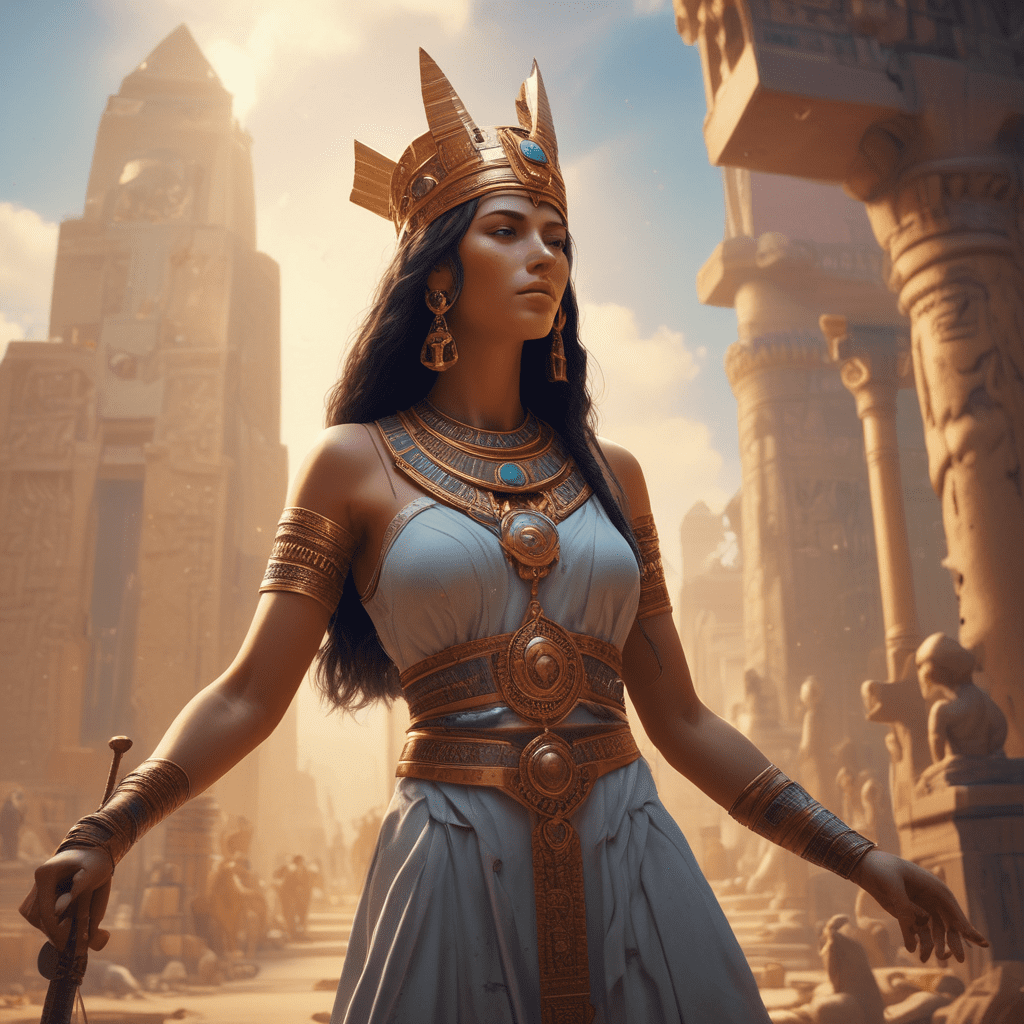The Myth of the Goddess Meret in Ancient Egypt
Who was Meret in Ancient Egyptian mythology?
In Ancient Egyptian mythology, Meret was a lesser-known goddess associated with weaving and the art of creating intricate textiles. She was often depicted as a woman with a shuttle in her hand, symbolizing the weaving process, highlighting her role as a protector of craftsmanship and creativity.
What significance did Meret hold in Ancient Egyptian culture?
Meret’s significance extended beyond just being a goddess of weaving. She was also revered as a deity who helped in the protection and preservation of fine fabrics and garments. Ancient Egyptians believed that by invoking Meret’s blessings, they could ensure the quality and longevity of their woven goods.
How was Meret worshipped in Ancient Egypt?
Although not as prominent as some of the major Egyptian deities, Meret still had a dedicated following among artisans, weavers, and craftsmen. Temples dedicated to Meret were places where individuals would offer prayers, incense, and small tokens of appreciation in the hopes of gaining her favor for their creative endeavors.
What does Meret’s myth reveal about Ancient Egyptian society?
The myth of Goddess Meret provides us with insights into the importance that Ancient Egyptians placed on artistic skills and craftsmanship. By worshipping a deity specifically linked to weaving and textile arts, we can infer that these skills were held in high regard and were integral to the cultural fabric of ancient Egyptian society. Revealing details about the deities worshipped and revered centuries ago sheds light on the values, beliefs, and practices of that era.
FAQ: The Myth of the Goddess Meret in Ancient Egypt
Who is the Goddess Meret in Ancient Egyptian mythology?
The Goddess Meret, also known as Meretseger, was a deity associated with the Theban Necropolis in ancient Egypt. She was often depicted as a cobra or as a woman with a cobra’s head.
What was the role of the Goddess Meret?
Meret was believed to be the protector of the tombs and the workers in the necropolis. She was also linked to fertility, protection, and healing.
Is there a significance to the name Meretseger?
Yes, the name “Meretseger” translates to “She Who Loves Silence.” It reflects her benevolent nature as a deity who watches over the deceased in peace.
How was the Goddess Meret worshipped?
Meret had a cult following in Thebes, where people would offer prayers, sacrifices, and rituals at her temples and shrines, seeking her protection and benevolence.
What symbols are associated with the Goddess Meret?
Aside from the cobra, symbols such as the pyramid, the scorpion, and the vulture were also linked to Meret, representing aspects of her protective and nurturing




